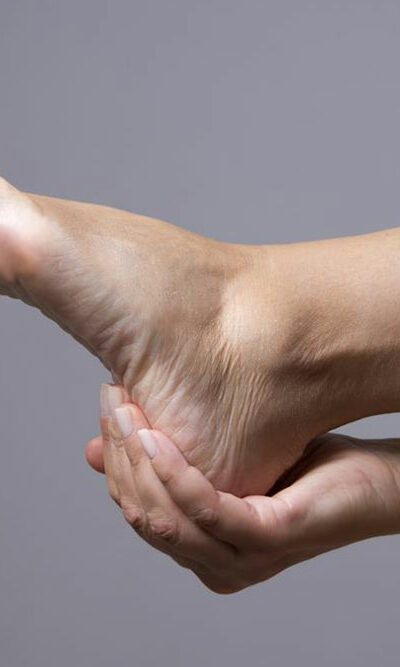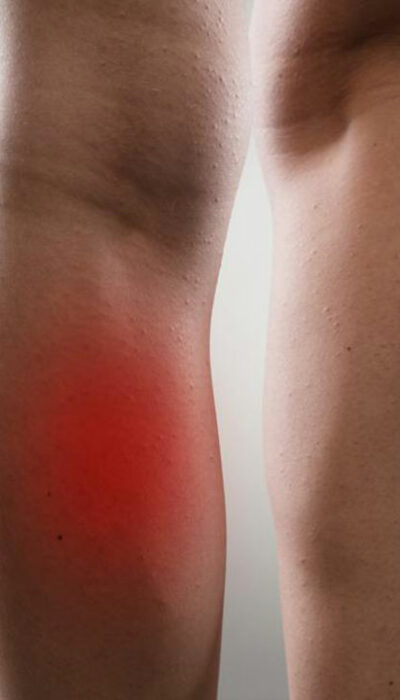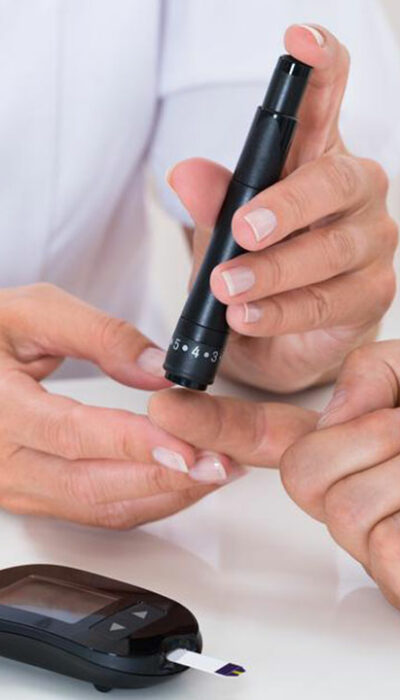
Diverticulitis Symptoms- What’s Causing Your Digestive Problems
Here’s What is Causing Your Digestive Problems Diverticulitis is an inflammation of small pockets in the intestine. These are most commonly found in the large intestine but can occur anywhere along the digestive tract. Since the problem often goes unnoticed until it becomes more serious, it’s important to keep an eye out for diverticulitis symptoms. Diverticula are small pouches that appear on the walls of the large intestine. This occurs when the inner lining of the large intestine bulges out and forms small sacs in the outer lining. It can be caused by a consistently low-fiber diet which places your digestive system and intestines under immense pressure, leading to diverticula formation. The formation of these diverticula is called diverticulosis or diverticular disease. The inflammation of the diverticula is called diverticulitis. Diverticula are fairly common and have been associated with aging. With age, the walls of the intestines get weaker and the passing of hard food through it is enough to cause diverticula. It’s estimated that up to 50% of people in the world develop diverticula by the time they are 80 years old. Diverticulitis refers to the infection that occurs when there is bacterial growth within the diverticula. Diverticulitis symptoms can be severe and lead to complications such as abscesses in the intestine and even intestinal bleeding. Diverticular disease is often asymptomatic but as it progresses, you tend to have more pronounced diverticulitis symptoms. A low-fiber diet plays a significant role in the development of diverticulitis symptoms. Diverticulitis symptoms and signs Unfortunately, most cases of diverticulitis show no symptoms until the condition gets significantly worse. When there is an inflammation of the diverticula, the following diverticulitis symptoms may be noticed. Abdominal pain One of the most characteristic diverticulitis symptoms is a painful sensation in the lower left portion of the intestine.










